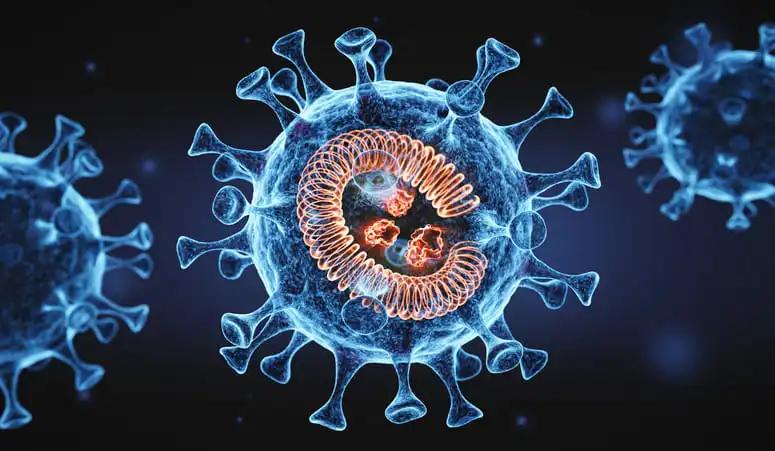KEY TAKEAWAYS
- The study aimed to investigate the role of miRNAs encapsulated in sEVs released from post-BNCT glioblastoma cells in tumor recurrence.
- Researchers noticed significant alterations in miRNA profiles post-BNCT, suggesting implications for glioma progression, radiation resistance, invasion, and prognosis, highlighting their potential as therapeutic targets.
Boron neutron capture therapy (BNCT) offers a targeted approach to radiation therapy for tumors, utilizing p-boronophenylalanine (BPA) uptake by tumor cells and subsequent irradiation with thermal neutrons to selectively kill cancerous cells via the capture reaction between 10B and thermal neutrons generating high-LET α-particles and recoil 7Li with a path length of 5–9 μm.
These particles selectively target tumor cells that have uptaken 10B. Despite its success in extending survival in malignant glioma patients, recurrence remains unresolved. MicroRNAs (miRNAs) encapsulated in small extracellular vesicles (sEVs) could play a crucial role in recurrence due to their stability and presence in body fluids.
Natsuko Kondo and the team aimed to access the miRNA dynamics within sEVs post-BNCT to elucidate their roles in glioblastoma, a type of brain cancer recurrence and therapeutic response.
They performed an inclusive analysis wherein Glioblastoma U87 MG cells were treated with 25 ppm of BPA in the culture media and irradiated with thermal neutrons. Following irradiation, cells were plated into dishes and cultured for 3 days in a 5% CO2 incubator. Subsequently, sEVs released into the medium were collected via column chromatography. MiRNAs within sEVs were then comprehensively investigated using microarrays.
An increase in 20 individual miRNAs (ratio > 2) and a decrease in 2 individual miRNAs (ratio < 0.5) were detected in BNCT cells compared with non-irradiated cells. Among the detected miRNAs, 20 were associated with a worse prognosis of glioma in Kaplan Meier Survival Analysis of overall survival (OS) in TCGA.
The study concluded that the miRNAs identified after BNCT may play crucial roles in tumor progression, radiation resistance modulation, and invasion inhibition, thereby impacting the prognosis of glioma.
No funding-related information was available.
Source: https://link.springer.com/article/10.1007/s11060-024-04649-8#ethics
Kondo, N., Kinouchi, T., Natsumeda, M. et al. (2024) “Profile of miRNAs in small extracellular vesicles released from glioblastoma cells treated by boron neutron capture therapy.” J Neurooncol (2024). https://doi.org/10.1007/s11060-024-04649-8.



